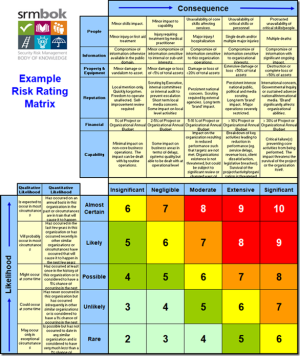
Archetypes are associated with psychological theory and semiotics (https://en.wikipedia.org/wiki/Archetype ). Similarly ‘poetics’ refers to all forms of literary discourse including: semantics, grammar and speech. Semioticians understand these differences as langue (language) and parole (speech) (Saussure – https://en.wikipedia.org/wiki/Ferdinand_de_Saussure ). As far back as Plato we have understood archetypes as things that have a pure form in themselves. They have a life and momentum of their own apart from the people in them. In this way we use language about the World and speak about being ‘Worldly’ and ‘Worldiness’. These are what Jung referred to as the ‘Collective Unconscious’ . Jung called these archetypes ‘archaic remnants’ and he found them in all ancient cultures that he studied (Man and His Symbols ). In Australian Indigenous culture we observe this the Dreamtime, Rainbow Serpent and various legends enacted in a ‘smoking ceremony’ and ‘welcome to country’. We readily accept and respect these poetics, mythology and symbolism.
Archetypes are best understood as core socio-psychological drivers of culture. This is why religious practice, deeply held values, customs, semiotics, myths, discourse and taboos are essential to any study of culture. Mary Douglas’ book (free download ) Risk and Blame, Essays in Cultural Theory (1994) should be essential reading for anyone interested in Just Culture. In a study in 2008 the Australian Department of Social Services discussed the five dominant archetypes in the social politics of welfare services.
Tinkering around the edges playing with systems and focusing on behaviours doesn’t really tackle the core archetypical drivers of culture. It is in the collective unconscious that we find the critical issues associated with the dehumanizing focus of the Safety archetype. Some might understand the Safety archetype as a Worldview, Ideology (https://en.wikipedia.org/wiki/Ideology ) or Paradigm (Kuhn) but really this doesn’t capture the nature of an archetype. Most archetypes are personified poetically in language (tropes), myth and symbol (http://tvtropes.org/pmwiki/pmwiki.php/Myth/AboriginalAustralianMyths).
Some have represented the archetypes graphically/symbolically and this helps give a mandelic understanding of the dialectical way that archetypes compete in culture eg:
https://www.lifecoachcode.com/2017/08/25/the-12-jungian-archetypes/
http://www.formalifesciencemarketing.com/white-papers/archetypes-action-life-science-marketing/
A search on Pinterest for archetypes is also enlightening (https://www.pinterest.com.au/search/pins/?q=archetypes&rs=typed&term_meta[]=archetypes%7Ctyped ). You will notice in these representations that Safety is coupled to the qualities of innocence and heroics. This is also evidenced by the frequent use of heroic metaphor and symbols across the safety industry (https://safetyrisk.net/the-mythic-symbology-of-safety/). It is at this deep sociopsychological level that the archetype operates so that core dynamics of: naivety, innocence, heroics and binary simplicity operate in the collective unconscious.
I was on a tour the other day of a safety facility where a range of activities were being undertaken in training. The group was being proudly shown all that was happening at the site with a special emphasis on technology. As part of the tour the question was asked ‘what do you think?’ The assumption behind the question sought warm accolades for the mystical machine that goes bing! (https://www.youtube.com/watch?v=NcHdF1eHhgc&pbjreload=10) Responding to the question I asked about the driving philosophy and psychology behind the training. The crickets chirped. It was clear that Technique was considered objective and neutral, that approaches to teaching and learning were not value laden. In this case the psychology was behaviourist and the philosophy positivist. In the end the trajectory understood humans as objects in a system. Unfortunately, it was clear there had been no consideration of philosophy and psychology instead, it had been assumed that any quest for safety was ideologically neutral. Technique is an archetype (https://archive.org/details/JacquesEllulTheTechnologicalSociety) and personifies all quests for efficiency at the cost of humanization.
So at a deep level we need to acknowledge that much of our speech is poetic, metaphoric and embodied in archetypical symbols. We need to look behind the symbolics and myths of Safety and ask questions about trajectory, philosophy (ethic) and political ideology. Unless there is some congruence between our tinkering around the edges of systems and behaviours without also bringing into balance the way we understand the unconscious power of archetypes and language, its not likely that much will change in culture.



Do you have any thoughts? Please share them below